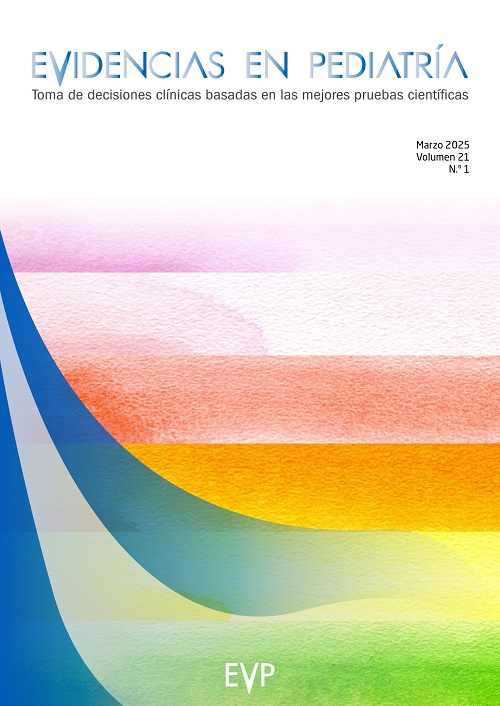
Searching, please wait

 Critically appraised articles
Critically appraised articles
 Associated comment
Associated comment Bases of evidence based medicine
Bases of evidence based medicine
 Other articles selected but not critically appraised
Other articles selected but not critically appraisedCombined or alternating therapy is more effective against fever, but is this the question?
The use of screens at one year worsens the ability to communicate and manage problems at ages 2 and 4